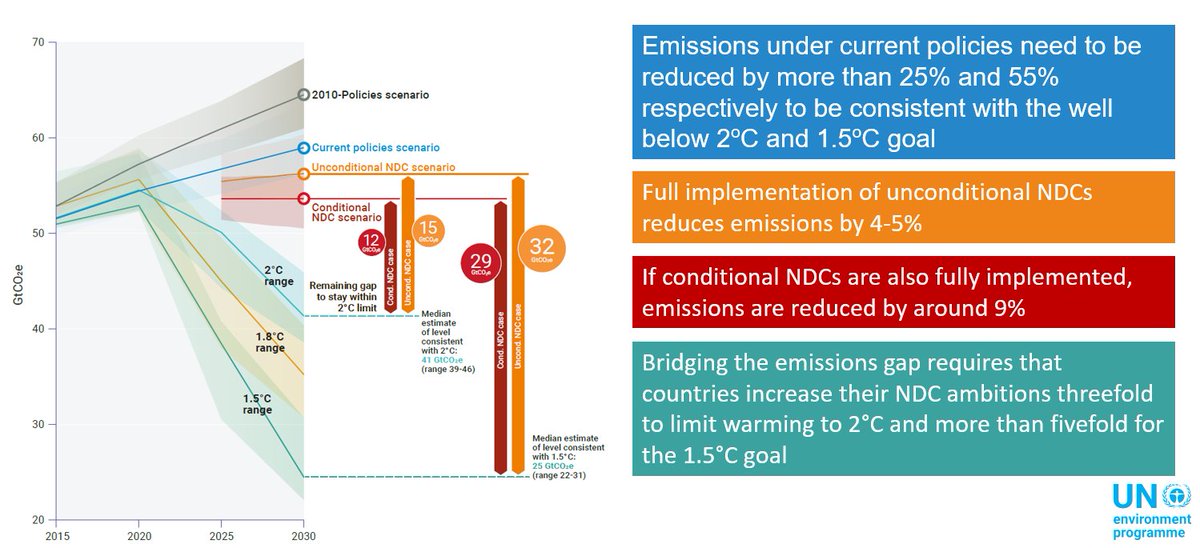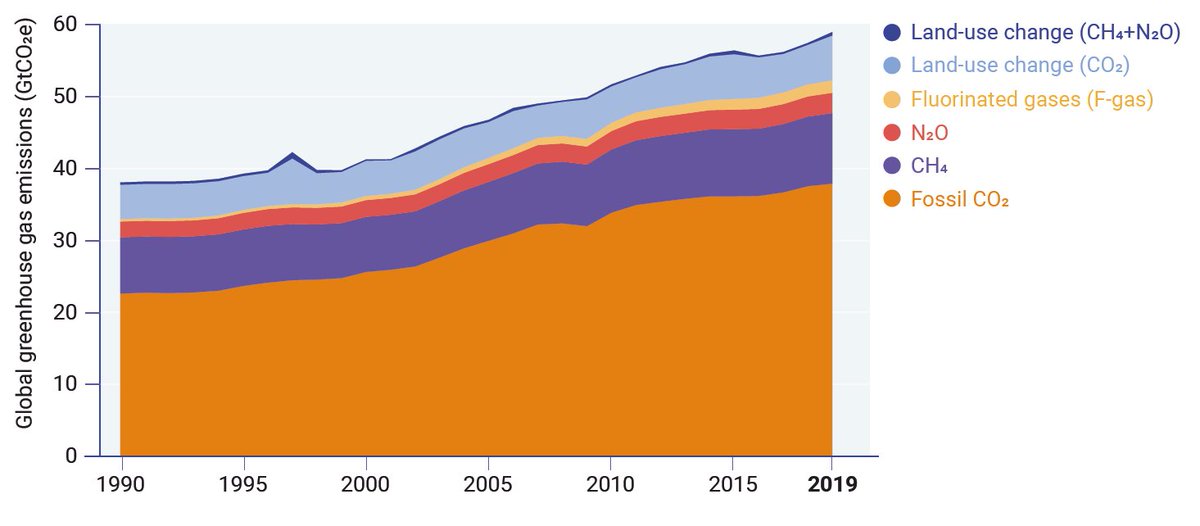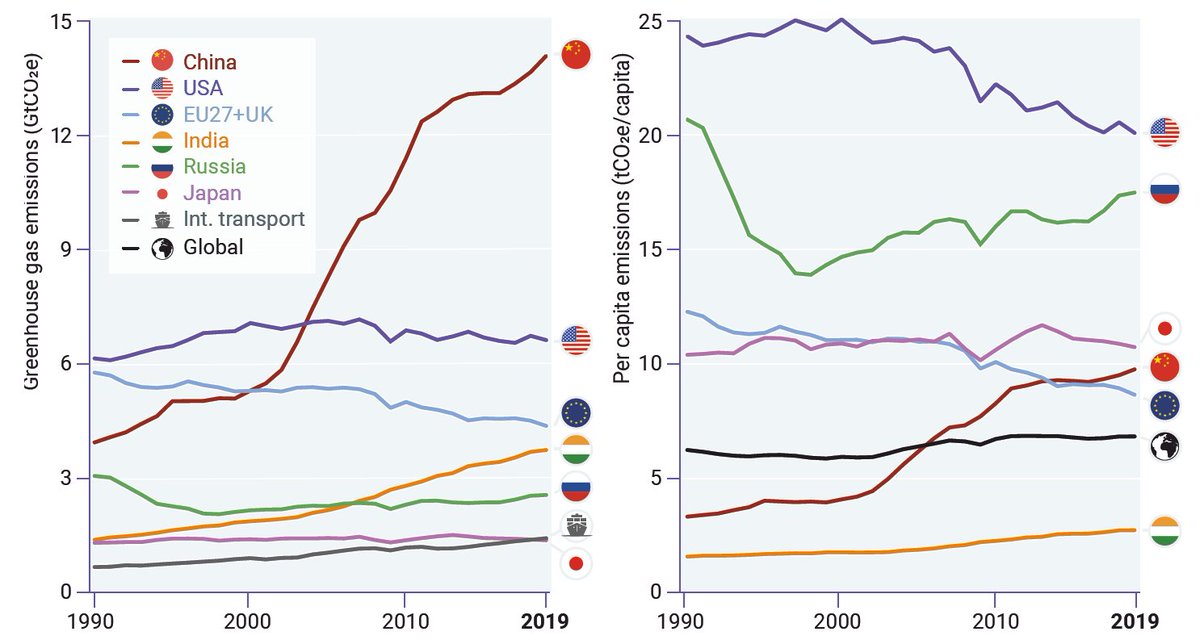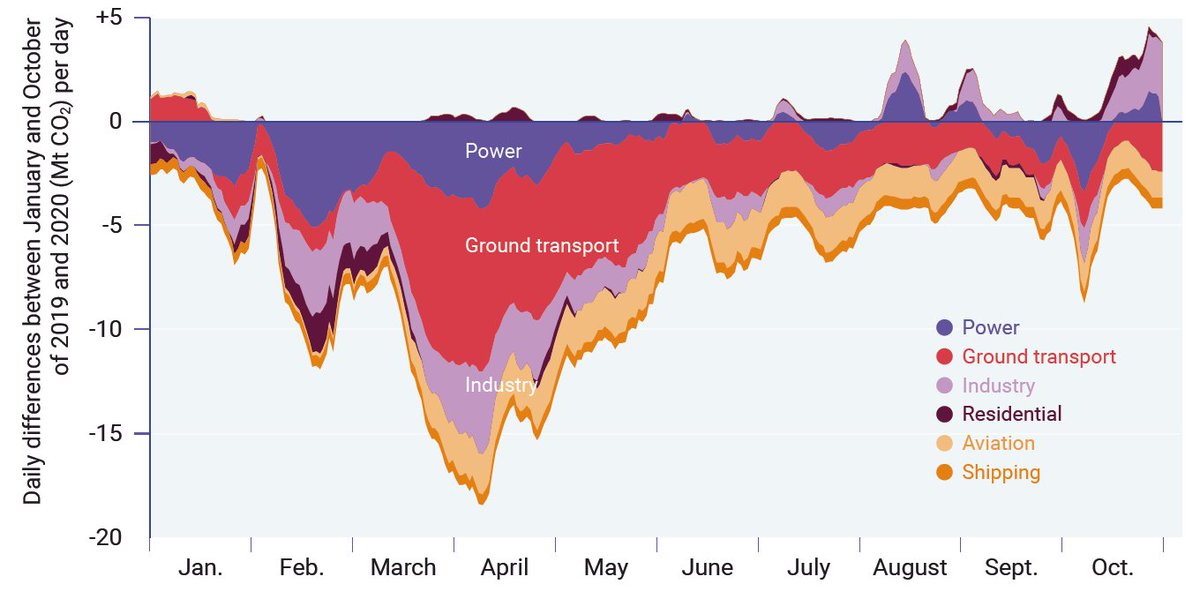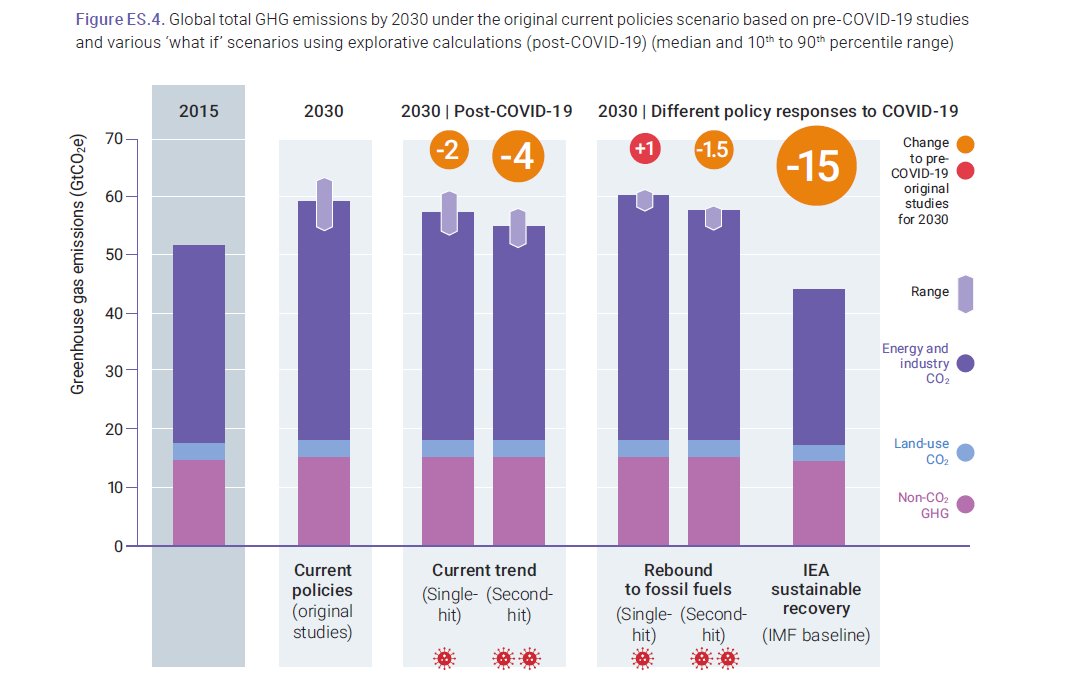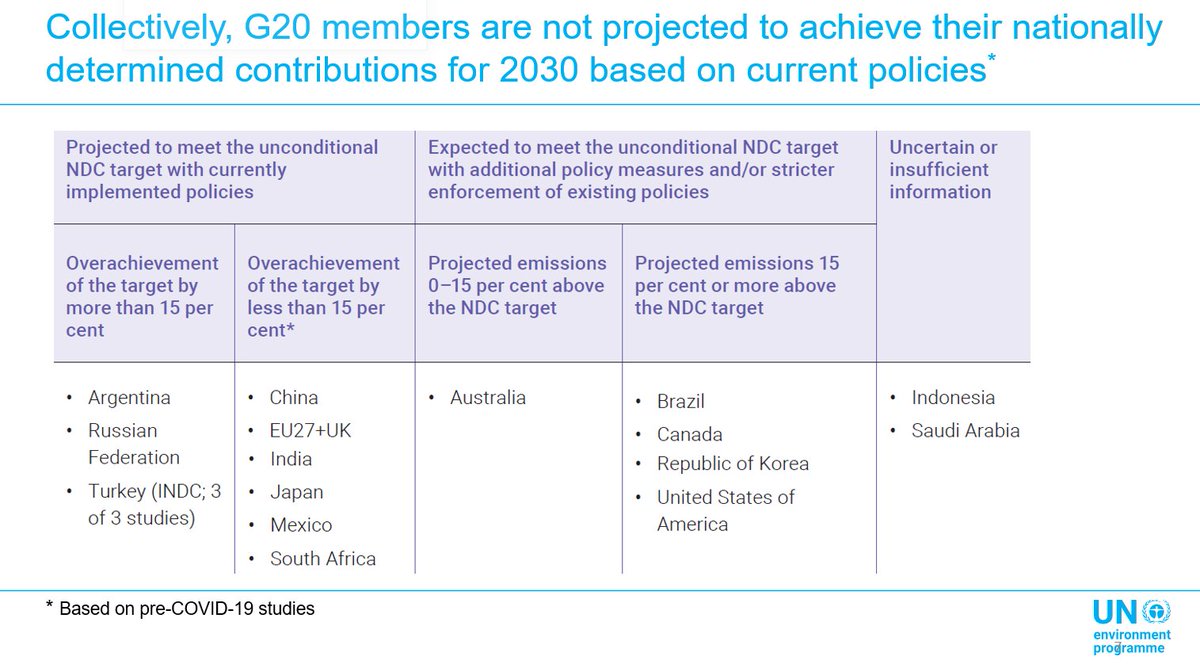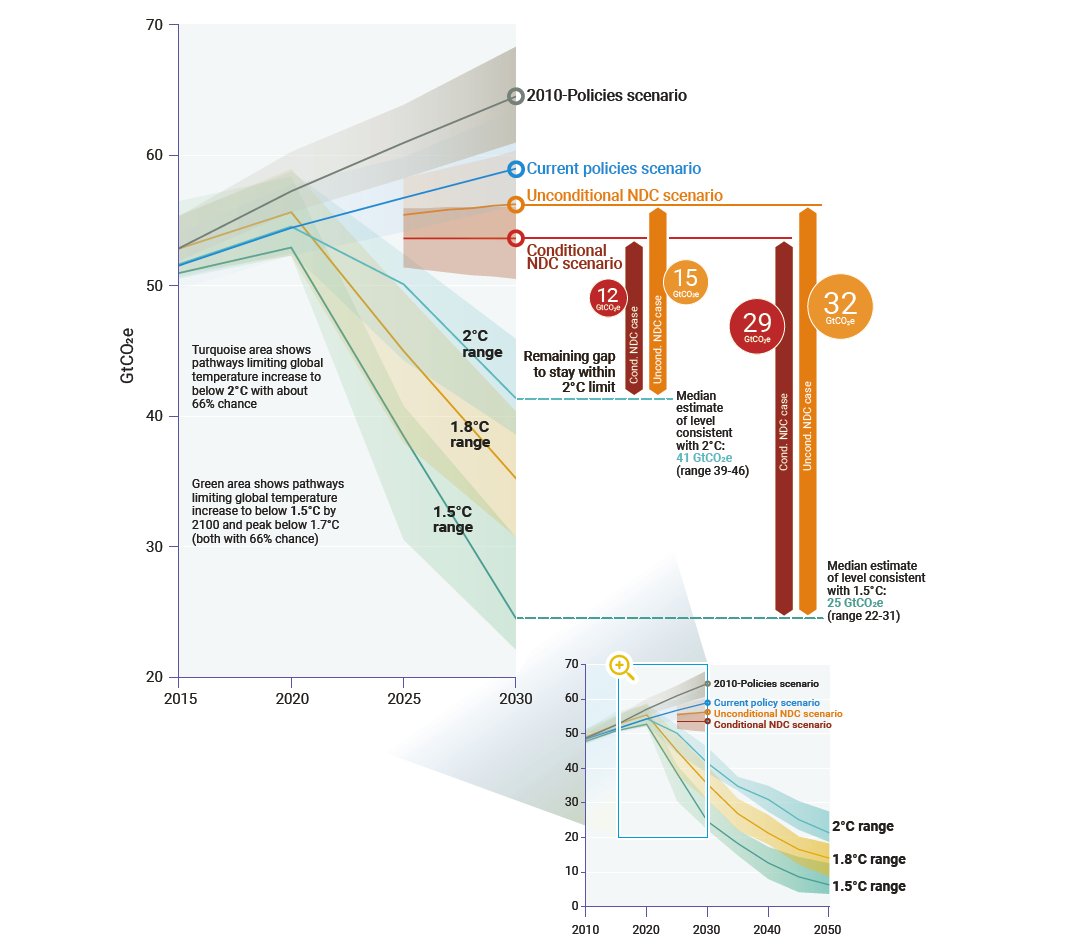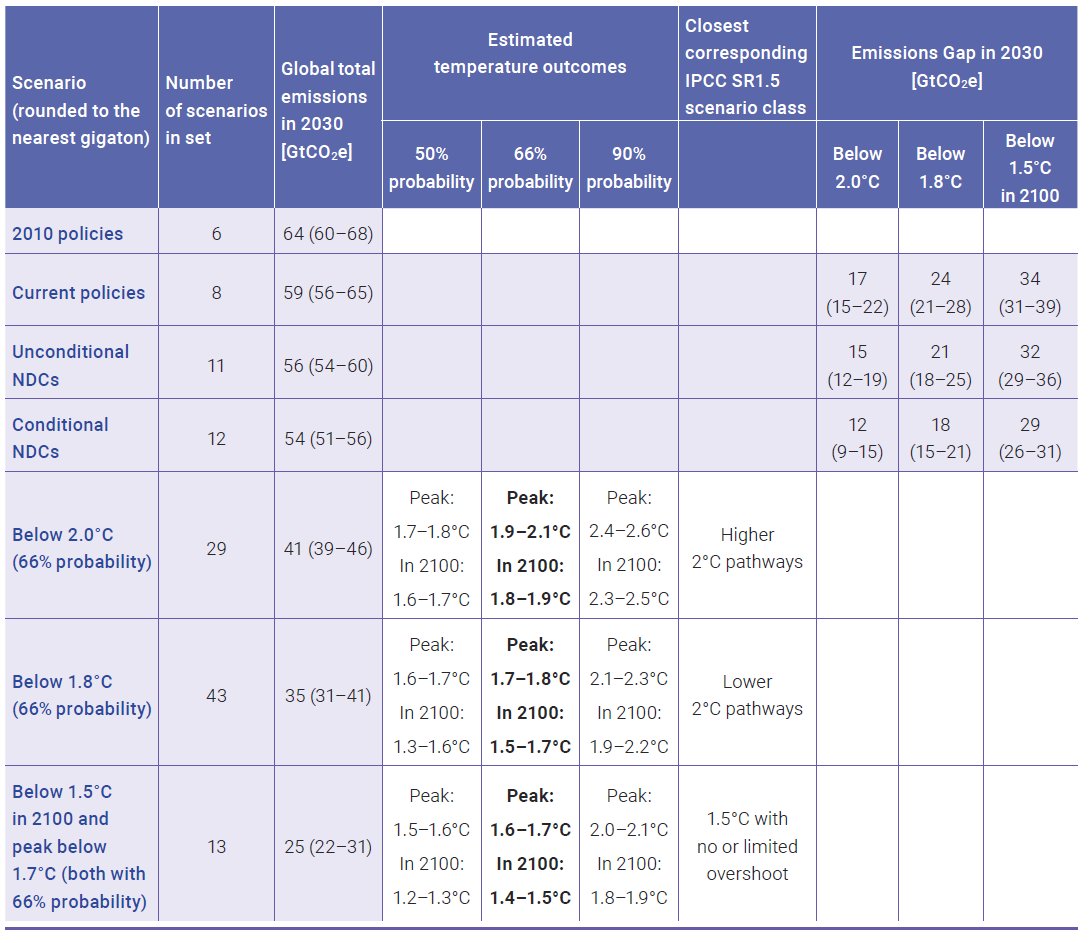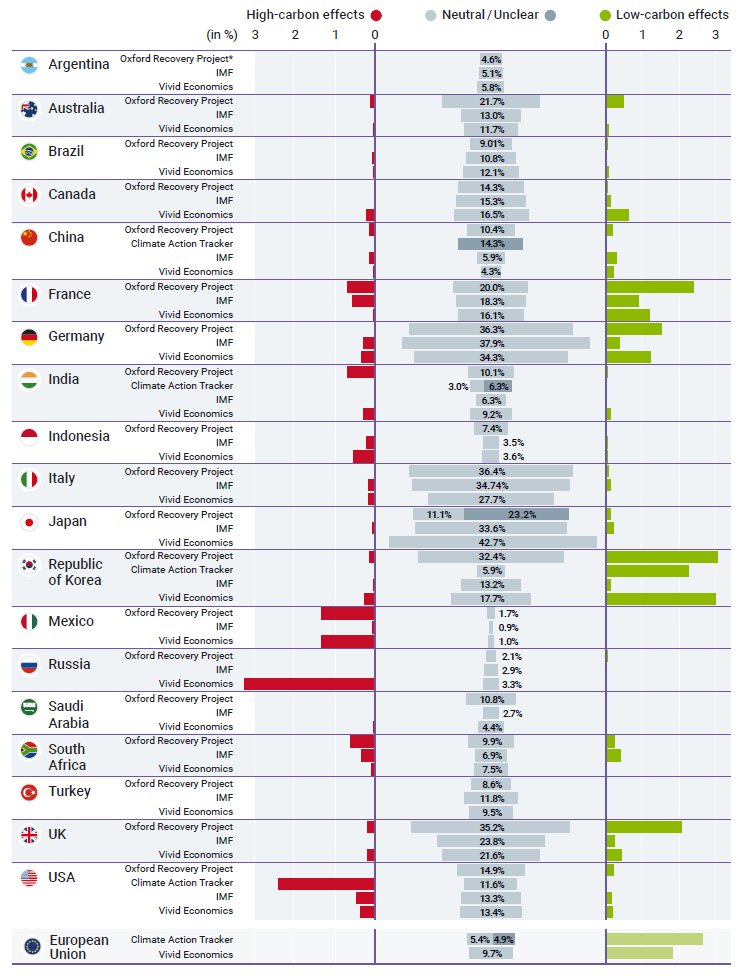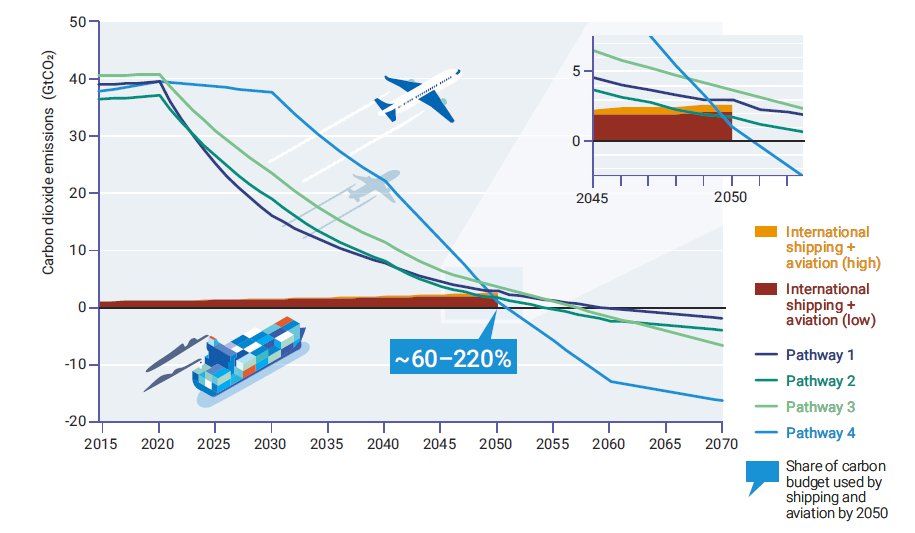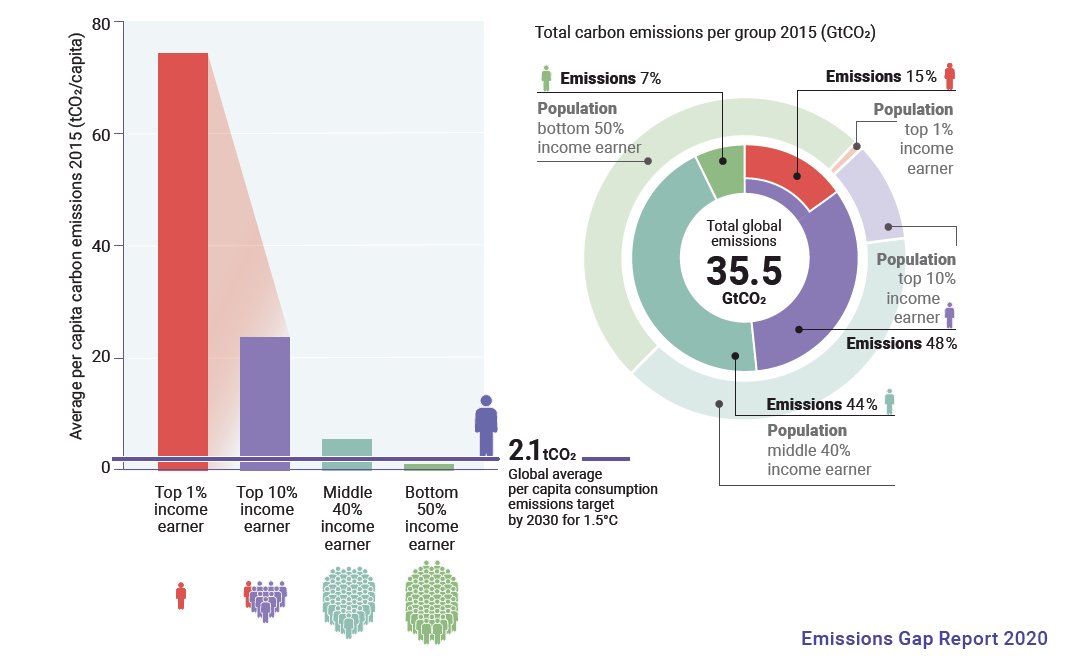THREAD: UNEP #EmissionsGap Report 2020
Although the COVID-19 pandemic will cause a dip in 2020 emissions, this will not bring the world closer to the Paris Agreement goal of limiting global warming this century to well below 2°C & pursuing 1.5°C.
1/
https://www.unenvironment.org/emissions-gap-report-2020
Although the COVID-19 pandemic will cause a dip in 2020 emissions, this will not bring the world closer to the Paris Agreement goal of limiting global warming this century to well below 2°C & pursuing 1.5°C.
1/
https://www.unenvironment.org/emissions-gap-report-2020
2. In 2019, total GHG emissions, including land-use change, reached a new high of 59.1 GtCO₂-eq.
Growth was 1.3% when excluding land-use change, but 2.6% when including land-use change due to large fires in 2019.
Growth was 1.3% when excluding land-use change, but 2.6% when including land-use change due to large fires in 2019.
3. The top seven emitters (including international transport) have contributed to 65% of GHG emissions, with G20 members accounting for 78%.
The top emitters can have very different emissions per person (right)
The top emitters can have very different emissions per person (right)
4. CO₂ emissions could decrease by about 7% in 2020 (range: 2–12%) compared with 2019 emission levels due
to COVID-19, with a smaller drop expected in GHG emissions as non-CO₂ emissions are likely to be less affected.
to COVID-19, with a smaller drop expected in GHG emissions as non-CO₂ emissions are likely to be less affected.
5. The COVID-19 crisis offers only a short-term reduction in global emissions and will not contribute significantly to emissions reductions by 2030 unless countries pursue an economic recovery that incorporates strong decarbonization.
6. Collectively, G20 members are projected to overachieve their modest 2020 Cancun Pledges.
G20 countries are not on track to achieve their NDC commitments:
* 9 members are on track
* 5 members not on track
* 2 members have insufficient information
G20 countries are not on track to achieve their NDC commitments:
* 9 members are on track
* 5 members not on track
* 2 members have insufficient information
7. The growing number of countries committing to net-zero emissions goals is the most significant & encouraging climate policy development of 2020.
To remain feasible & credible, it is imperative that these commitments are translated into strong near-term policies and action.
To remain feasible & credible, it is imperative that these commitments are translated into strong near-term policies and action.
8. The emissions gap has not been narrowed compared with 2019 & is, as yet, unaffected by COVID-19.
By 2030, annual emissions need to be:
* 15 GtCO₂e (12–19 GtCO₂e) lower than current unconditional NDCs imply for a 2°C goal
* 32 GtCO₂e (29–36 GtCO₂e) lower for the 1.5°C goal
By 2030, annual emissions need to be:
* 15 GtCO₂e (12–19 GtCO₂e) lower than current unconditional NDCs imply for a 2°C goal
* 32 GtCO₂e (29–36 GtCO₂e) lower for the 1.5°C goal
9. Current NDCs remain seriously inadequate to achieve the goals of the Paris Agreement.
Collectively, current policies fall short 3 GtCO₂e of meeting the level associated with full implementation
of the unconditional NDCs & about 5 GtCO₂e under the conditional NDC scenario.
Collectively, current policies fall short 3 GtCO₂e of meeting the level associated with full implementation
of the unconditional NDCs & about 5 GtCO₂e under the conditional NDC scenario.
10. The opening for using fiscal rescue & recovery measures to stimulate the economy while simultaneously accelerating a low-carbon transition has largely been missed.
11. Domestic & international shipping & aviation currently account for around 5% of global CO₂ emissions.
Based on current trends, international emissoins are projected to consume 60-220% of allowable CO₂ emissions by 2050 under IPCC illustrative 1.5°C scenarios.
Based on current trends, international emissoins are projected to consume 60-220% of allowable CO₂ emissions by 2050 under IPCC illustrative 1.5°C scenarios.
12. Lifestyle changes are a prerequisite for sustaining reductions in GHG emissions.
Two thirds of global emissions are linked to private household activities.
Reducing emissions through lifestyle changes requires
changing both broader systemic conditions & individual actions.
Two thirds of global emissions are linked to private household activities.
Reducing emissions through lifestyle changes requires
changing both broader systemic conditions & individual actions.
13. Equity is central to addressing lifestyles.
The emissions of the richest 1% of the global population account for more than twice the combined share of the poorest 50%.
The emissions of the richest 1% of the global population account for more than twice the combined share of the poorest 50%.
14. And if the UNEP Emissions Gap Report was not enough, the Global Carbon Budget comes Friday 11 December!
While you wait, read the Emissions Gap Report: https://www.unenvironment.org/emissions-gap-report-2020
/end
While you wait, read the Emissions Gap Report: https://www.unenvironment.org/emissions-gap-report-2020
/end

 Read on Twitter
Read on Twitter